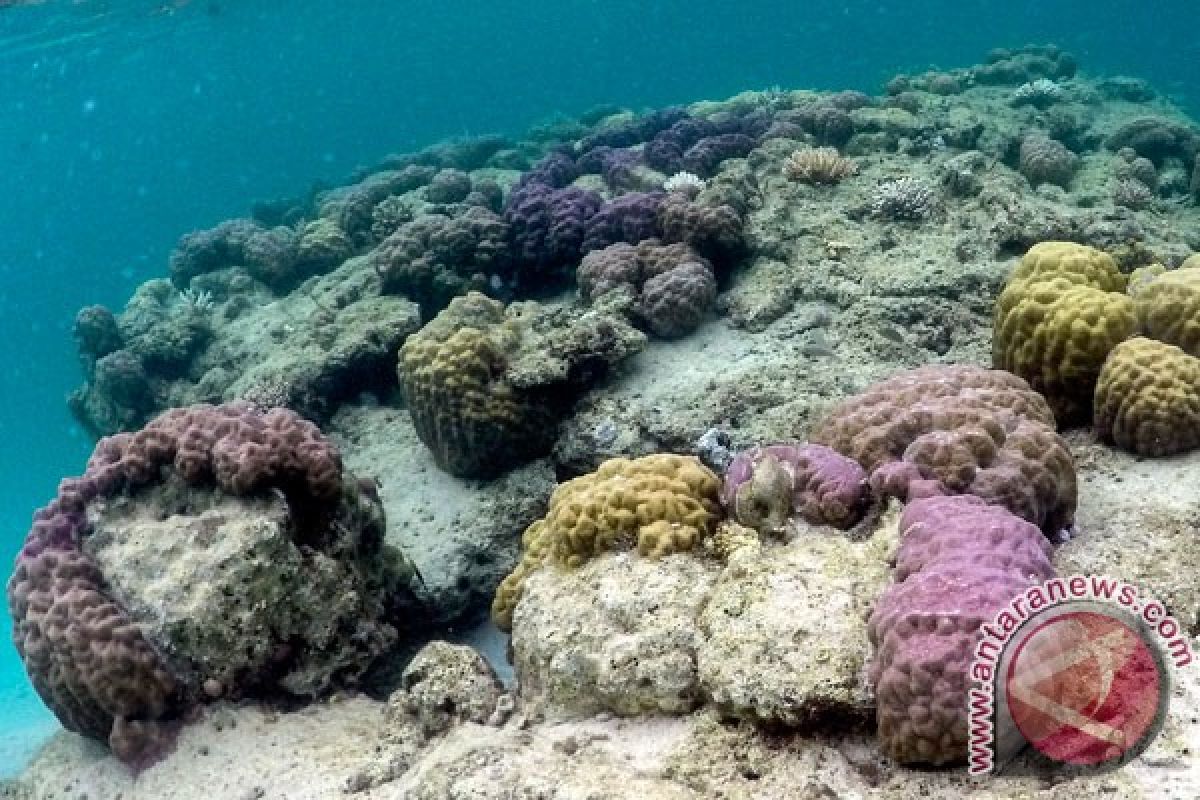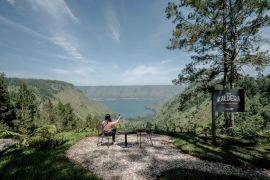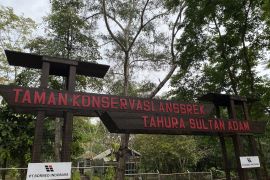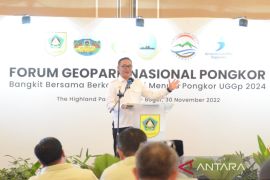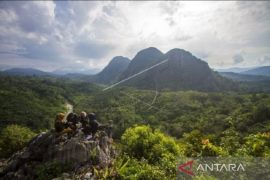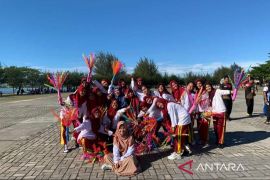The program, which began in 2016, has become a reference for the cooperation of the Association of States in the Indian Ocean Circle and South China Sea workshop, the press conference of the Ministry of Foreign Affairs and Multilateral Policy and Development Center noted in a statement here on Thursday.
This year`s SIDI-Natuna bears the theme "Natural and Cultural Wealth in Natuna as Maritime Diplomacy Asset," with two focus agenda activities exploring Natuna`s potential as a global geopark.
The Ministry of Foreign Affairs has engaged a team of the Ministry of Energy and Mineral Resources, supported by experts from the University of Padjadjaran of Bandung, West Java Province, to conduct a preliminary assessment of Natuna`s potential as a geopark of the nation and to make Natuna part of the "Global Geopark Network of UNESCO" in future.
Indonesia has successfully championed several national geoparks, such as Lake Batur, Mount Sewu, Mount Rinjani, and Ciletuh, to be part of the "Global Geopark Network of UNESCO."
Currently, Indonesia is also striving for the inclusion of the geopark of Lake Toba in the world`s geopark network.
Several sites in Natuna, including granite stones over 100 million years old, and other marine sites could become maritime geoparks. The benefits of a site being included in the UNESCO`s geopark network are the preservation of the site and the increasing number of tourist visits to it.
In addition, the cultural and historical aspects of Natuna should also be explored and preserved on an ongoing basis, for instance, poetry of the Riau Islands region, which is in the process of being proposed to be one of the world cultural heritages through the UNESCO.
By conducting cultural and historic studies, academics need to explore the role of Natuna in the history of the "Rempah Nusantara" Line. Thus, the world does not merely have the knowledge of the history of the Chinese Silk Road.
The world needs to become aware of a maritime trade route known as Kayu Manis Path and Rempah routes built by the great empires of Indonesia where Natuna is one of the international ports in the golden age of the archipelago.
Efforts to make Natuna as a maritime geopark are also supported by the Provincial Government of Riau Islands and Natuna District keen on conducting exploration activities in Natuna and its waters as an integral part of Indonesian history.
According to Syamsu Bahrun, assistant for economic development of the Riau Islands Province, Natuna can follow the Hawaii model.
Hawaii is a US naval base in the Pacific Region. However, at the same time, the US Federal Government and local authorities in Hawaii have succeeded in expanding Hawaii into a global tourism hub and even a fast-growing economic center.
"This is a good example, where defense and socio-economic development of the community go together and mutually reinforce the area. Natuna can follow this pattern of development," he stated.
History
Geographically, Natuna is surrounded by four ASEAN countries and borders the South China Sea.
Natuna District is a part of the archipelagic sea lane region, which is a busy global trade route.
Geo-politically, the Natuna area, for the last thousand years, has become an important part of the cruise lanes from the South China to the Indian Ocean. Since the time of the Sriwijaya and Majapahit Kingdoms, from the 7th to 11th centuries, the Natuna Islands has become the center of international maritime activities.
The Sri Serindit Museum, Natuna, showcases more than 10 thousand artifacts that have been verified by the Education and Culture Ministry and researched by archaeologists. There are many more that have yet to be verified.
The museum contains various Chinese relics from the Tang Dynasty era, Cung, Yuang, Ming, and Qing. In addition, it has preserved the relics of the kingdoms in Vietnam, Thailand, Khmer, Japan, Iran, and Europe.
Most importantly, Natuna is also rich in relics of various kingdoms in Indonesia.
The Sri Serindit Museum got its name from the kris of Majapahit Kingdom given to figures in Natuna at that time, which demonstrates a special bond between Natuna and the Majapahit Kingdom.
*** 1 ***
Reported by Yashinta Difa
(T.KR-TQA/INE)
EDITED BY INE
(TZ.SYS/A/KR-BSR/F001) 05-07-2018 11:36:10
Reporter: Yashinta Difa
Editor: Otniel Tamindael
Copyright © ANTARA 2018
